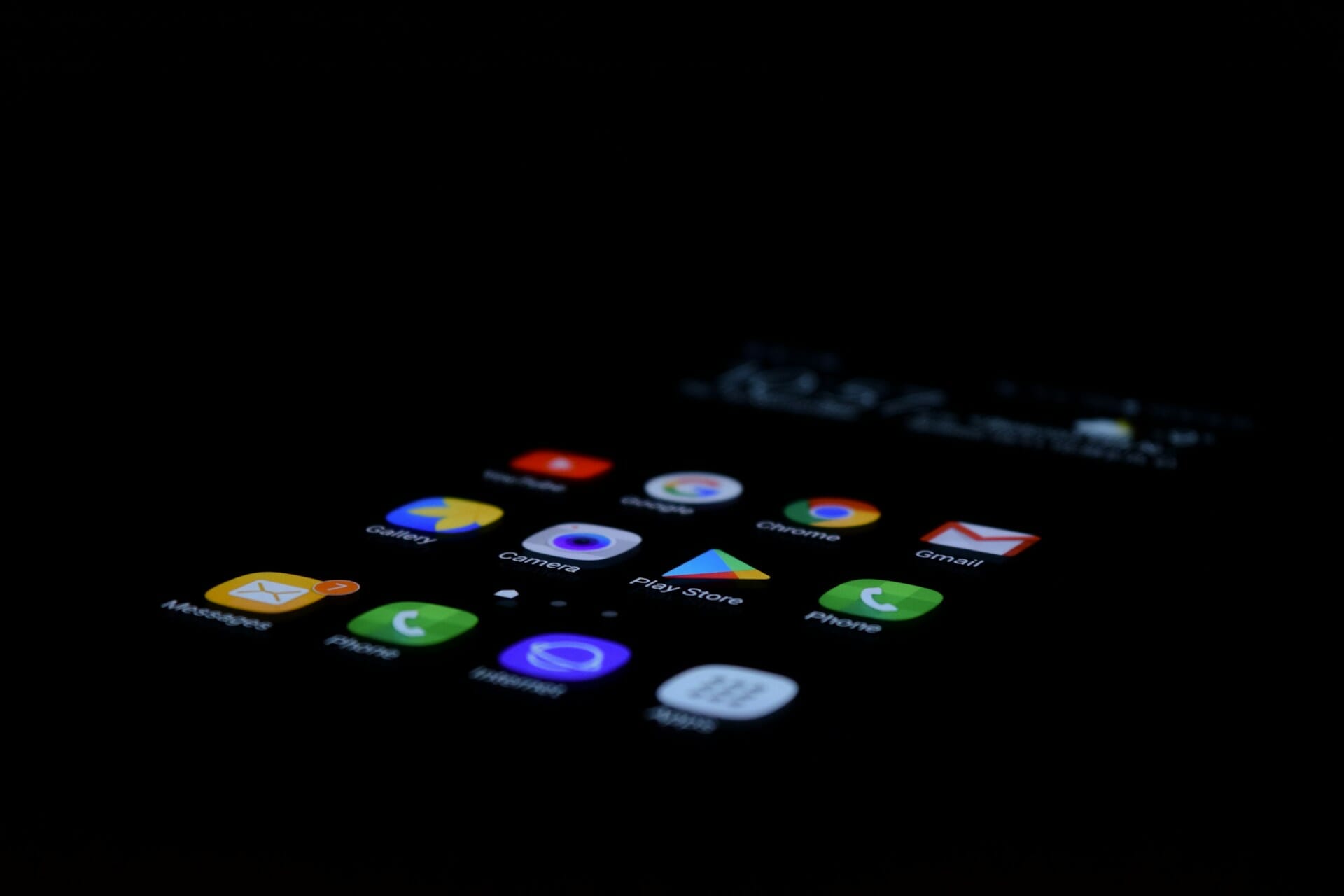In today’s digital world, photos capture our lives—memories, milestones, and sometimes private moments. But what happens when you hit "delete" and empty the trash? Are those photos gone forever, or can they be brought back? The question "Can permanently deleted photos be recovered?" is one that sparks curiosity, whether you’re hoping to retrieve a lost image or worried about privacy. In this article, we’ll uncover the science behind photo deletion, explore recovery possibilities, and share tips to safeguard your digital treasures.
When you delete a photo from your device, it’s not immediately erased. Instead, the operating system marks the space occupied by that photo as available for new data. This means that until new data overwrites that space, the deleted photo can potentially be recovered. However, the chances of successful recovery diminish over time as more data is added to your device.
For example, if you accidentally delete a cherished family photo, it may still be recoverable if you act quickly. Many smartphones and computers have built-in recovery options, such as "Recently Deleted" folders, where deleted items are stored temporarily before permanent deletion. This gives you a window of opportunity to restore your photos without needing specialized software.
However, if you’ve emptied the trash or cleared the "Recently Deleted" folder, the situation becomes more complex. At this point, the photo is no longer easily accessible through standard recovery methods. But don’t lose hope just yet! There are third-party data recovery tools available that can scan your device for remnants of deleted files. These tools work by searching for traces of the deleted photo in the device’s storage, even if it has been marked as free space.
What Happens When You "Permanently" Delete a Photo?
When you delete a photo from your smartphone, computer, or camera, it often lands in a temporary spot—like the "Recycle Bin" or "Recently Deleted" folder. Permanently deleting it removes it from these areas, but here’s the twist: the photo’s data doesn’t vanish instantly.
Instead, the operating system marks the space occupied by that photo as available for new data. This means that until new data overwrites that space, the deleted photo can potentially be recovered. However, the chances of successful recovery diminish over time as more data is added to your device.
This applies to: Smartphones (iPhone, Android), Computers (Windows, macOS), Memory cards in cameras, External drives or USBs
Can You Recover Permanently Deleted Photos?
Yes, recovery is often possible, but it’s not a sure thing. Let’s break it down.
Data recovery tools scan your device’s storage for these hidden remnants of deleted files. If the data hasn’t been overwritten, software can reconstruct the photo and bring it back to life. Popular tools include Recuva, Disk Drill, and Dr.Fone.
However, success isn’t guaranteed. The more you use your device after deleting a photo, the higher the chance that new data will overwrite the space where the deleted photo was stored. This is why acting quickly is crucial if you want to recover a lost image.
What determines the success rate is the timing of the recovery attempt. The sooner you try to recover the deleted photo, the better your chances are. If you wait too long and the data gets overwritten, recovery may be impossible.
Device activity plays a significant role in recovery success. The more you use your device, the higher the chance that the deleted photo's data will be overwritten. This is why it's essential to minimize device use after deletion and attempt recovery as soon as possible.
The type of storage also impacts recovery chances. SSDs (Solid State Drives) use a process called TRIM that can permanently erase deleted data, making recovery difficult. In contrast, HDDs (Hard Disk Drives) may retain deleted data longer, increasing the likelihood of recovery.
How to Recover Your Deleted Photos
If you find yourself in a situation where you need to recover deleted photos, here’s a step-by-step guide:
Stop using the device to avoid overwriting the deleted data. Try software tools like Recuva, Disk Drill, or Dr.Fone.
For critical photos, consider professional data recovery services. They have specialized tools and expertise to recover lost data, but this option can be costly.
What to do if You Don't want Your Photos Recovered
What if you don’t want photos recovered—like sensitive images you’ve deleted? Take these steps:
1. Use Secure Delete Options
Many devices, operating systems, and apps offer a "Secure Delete" or "Permanent Erase" feature. This doesn’t just remove the file, it overwrites the data multiple times with random patterns, making recovery nearly impossible. Check your device settings or app options to see if this is available.
2. Overwrite the Storage
After deleting your photos, fill your device’s storage with new, irrelevant data. You could:
- Take hundreds of new photos (e.g., of a blank wall).
- Download large files like videos or apps.
This process overwrites the space where your deleted photos were stored, reducing the chance of recovery.
3. Perform a Factory Reset
A factory reset wipes all data from your device, returning it to its original state. To do this:
- Back up anything you want to keep.
- Go to your device’s settings and select the reset option.
While this makes recovery much harder, note that advanced forensic tools might still retrieve some data, so it’s not 100% foolproof.
4. Encrypt Your Device
Encrypting your device adds a layer of protection. Even if someone recovers the data, it’ll be scrambled and unreadable without your encryption key. To enable encryption:
- Check your device settings (most modern smartphones and computers support this).
- Set a strong password or key.
- Do this before deleting photos for maximum effect.
5. Physically Destroy the Device
If you’re extremely concerned about privacy and don’t need the device anymore, physically destroy it. Options include:
- Shredding the device (some e-waste facilities offer this service).
- Using a hammer to smash the hard drive or memory card.
- Burning the device (only if safe and legal in your area).
So, can permanently deleted photos be recovered? Often, yes—but it hinges on timing, device use, and storage quirks. Whether you’re desperate to reclaim a memory or determined to keep deleted files buried, understanding deletion and recovery empowers you. With the right tools and habits, you can master your digital photo fate.

